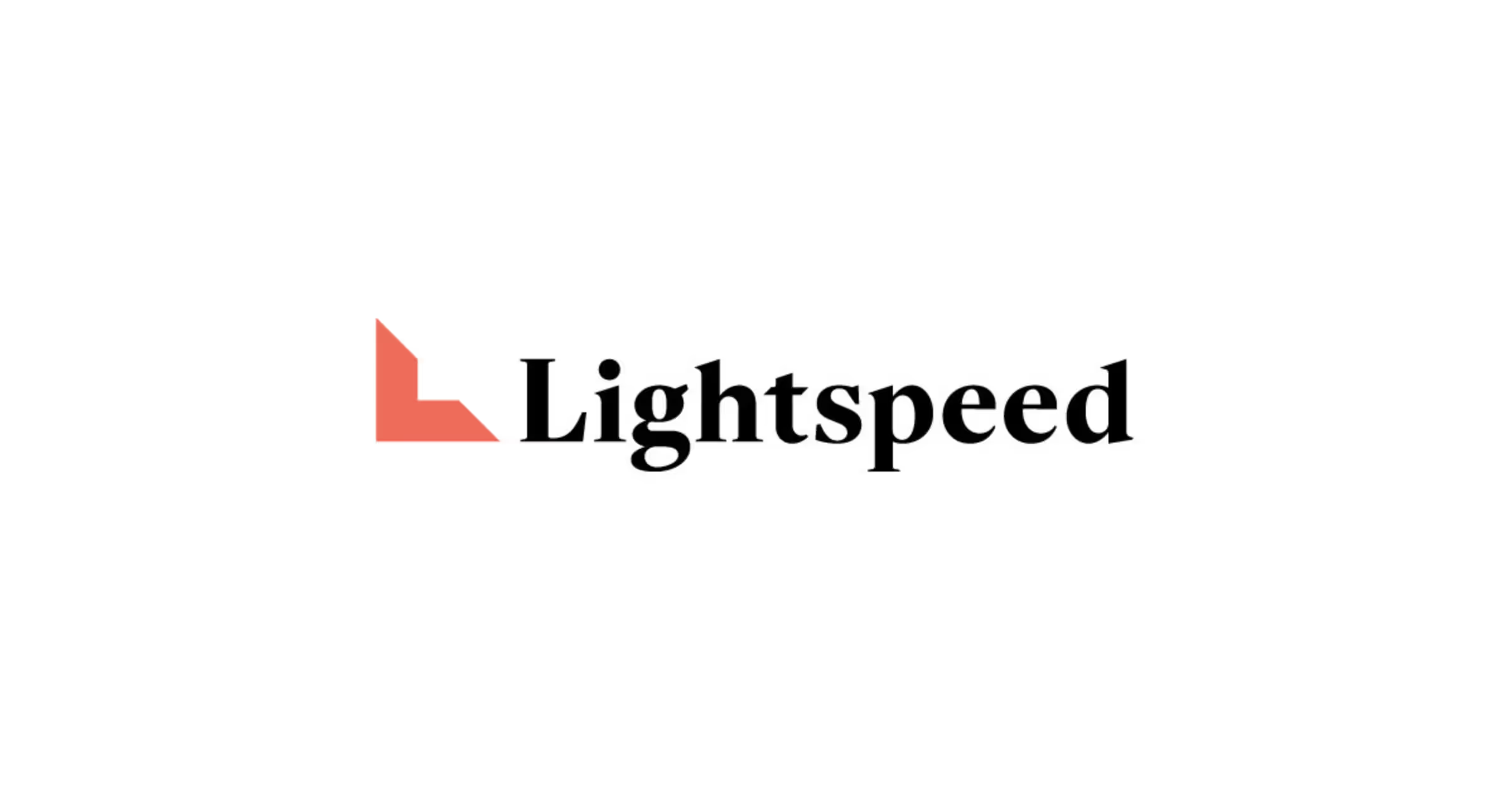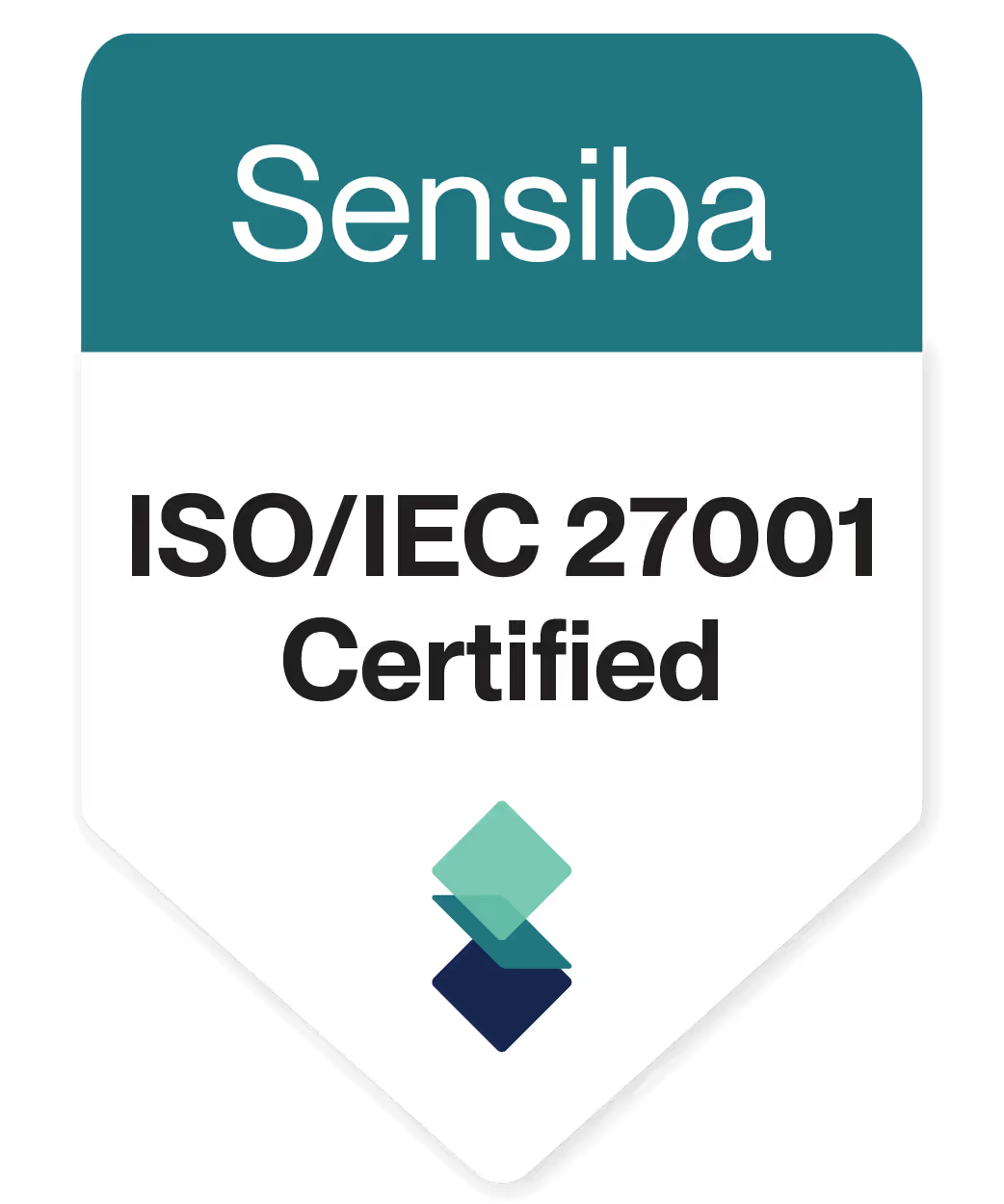Comparing AI Security Frameworks: OWASP, CSA, NIST, and MITRE
OWASP, CSA, NIST, and MITRE are each shaping the future of AI security in their organizations’ objective: developer-focused, orchestration-specific, governance-led, or adversary-driven.

.png)
Organizations racing to adopt AI are looking for frameworks to anchor their security strategy. The challenge: agentic AI applications like AI chatbots, copilots, and multi-agent systems don’t behave like traditional software. They reason, act, and coordinate… often in ways security teams can’t predict. That’s why organizations are extending proven frameworks into the AI era and designing new ones to counter agentic risks.
In this blog, we compare four leading frameworks that security teams use when evaluating AI-related risks: the Open Worldwide Application Security Project (OWASP), the Cloud Security Alliance (CSA), the National Institute of Standards and Technology (NIST), and MITRE. Each provides valuable perspectives, but none fully solve the unique challenges of agentic AI. At Straiker, we see these as a strong starting point and we’re developing our own STAR framework to help close the remaining gaps.
Are current compliance frameworks and security standards prepared for autonomous AI agents?
Security teams typically start with familiar and established frameworks when evaluating new risks. Here are some frameworks at a glance:
- OWASP Top 10 for LLM Applications
Adapts the classic OWASP model into categories like prompt injection, data leakage, supply chain compromise, and insecure plugin integrations. OWASP is also expanding into agent-specific risks through its Agentic Security Initiative and Multi-Agent System (MAS) threat modeling efforts, providing early guidance for securing agentic AI applications. - Cloud Security Alliance (CSA) MAESTRO
Designed specifically for agentic AI systems, MAESTRO introduces structured threat modeling for autonomy, multi-step orchestration, tool use, and emergent behavior. It builds on traditional STRIDE-style approaches but extends them into the dynamics of agent coordination. - National Institute of Standards and Technology (NIST) AI Risk Management Framework (AI RMF)Not agent-specific, but influential for governance, accountability, and enterprise risk management. It emphasizes trustworthy AI principles such as transparency, robustness, and safety, and is often used as a policy anchor by CISOs and compliance leaders.
- MITRE ATLASA
A living knowledge base and adversary emulation framework for AI systems. ATLAS catalogs real-world attack techniques against AI, maps them to MITRE ATT&CK, and provides scenarios security teams can use to test defenses against adversarial manipulation and exploitation of AI models and agents.
Where the framework aligns?
- All four acknowledge that AI introduces new risks beyond traditional software security.
- OWASP and CSA emphasize technical categories like prompt injection, unsafe tool use, and agent orchestration, while NIST sets governance expectations and MITRE ATLAS catalogs concrete attack techniques.
- Each calls for continuous monitoring and safeguards at runtime, though from different vantage points (policy, technical, or adversarial emulation).
Where They Diverge
- OWASP is the most developer-friendly and widely adopted in practice, with new Agentic AI guidance bridging multi-agent and orchestration risks.
- CSA MAESTRO dives deeper into autonomy and reasoning loops, areas OWASP only begins to address.
- NIST AI RMF frames AI risks at a policy and organizational level, not technical exploitation scenarios.
- MITRE ATLAS is the most adversary-focused, prioritizing real-world tactics, techniques, and procedures (TTPs) to guide red teaming and defense validation.
Conclusion
OWASP, CSA, NIST, and MITRE are each shaping the future of AI security in their organizations’ objective: developer-focused, orchestration-specific, governance-led, or adversary-driven. But the risks of agentic AI demand a more holistic approach.
Through our customer work, Straiker has seen that existing frameworks have made meaningful progress but there still remain gaps across the AI lifecycle, from supply chain and training to inference and runtime. That’s why there’s a need for a new framework designed to complement today’s standards and bring greater order to what we call autonomous chaos.
Organizations racing to adopt AI are looking for frameworks to anchor their security strategy. The challenge: agentic AI applications like AI chatbots, copilots, and multi-agent systems don’t behave like traditional software. They reason, act, and coordinate… often in ways security teams can’t predict. That’s why organizations are extending proven frameworks into the AI era and designing new ones to counter agentic risks.
In this blog, we compare four leading frameworks that security teams use when evaluating AI-related risks: the Open Worldwide Application Security Project (OWASP), the Cloud Security Alliance (CSA), the National Institute of Standards and Technology (NIST), and MITRE. Each provides valuable perspectives, but none fully solve the unique challenges of agentic AI. At Straiker, we see these as a strong starting point and we’re developing our own STAR framework to help close the remaining gaps.
Are current compliance frameworks and security standards prepared for autonomous AI agents?
Security teams typically start with familiar and established frameworks when evaluating new risks. Here are some frameworks at a glance:
- OWASP Top 10 for LLM Applications
Adapts the classic OWASP model into categories like prompt injection, data leakage, supply chain compromise, and insecure plugin integrations. OWASP is also expanding into agent-specific risks through its Agentic Security Initiative and Multi-Agent System (MAS) threat modeling efforts, providing early guidance for securing agentic AI applications. - Cloud Security Alliance (CSA) MAESTRO
Designed specifically for agentic AI systems, MAESTRO introduces structured threat modeling for autonomy, multi-step orchestration, tool use, and emergent behavior. It builds on traditional STRIDE-style approaches but extends them into the dynamics of agent coordination. - National Institute of Standards and Technology (NIST) AI Risk Management Framework (AI RMF)Not agent-specific, but influential for governance, accountability, and enterprise risk management. It emphasizes trustworthy AI principles such as transparency, robustness, and safety, and is often used as a policy anchor by CISOs and compliance leaders.
- MITRE ATLASA
A living knowledge base and adversary emulation framework for AI systems. ATLAS catalogs real-world attack techniques against AI, maps them to MITRE ATT&CK, and provides scenarios security teams can use to test defenses against adversarial manipulation and exploitation of AI models and agents.
Where the framework aligns?
- All four acknowledge that AI introduces new risks beyond traditional software security.
- OWASP and CSA emphasize technical categories like prompt injection, unsafe tool use, and agent orchestration, while NIST sets governance expectations and MITRE ATLAS catalogs concrete attack techniques.
- Each calls for continuous monitoring and safeguards at runtime, though from different vantage points (policy, technical, or adversarial emulation).
Where They Diverge
- OWASP is the most developer-friendly and widely adopted in practice, with new Agentic AI guidance bridging multi-agent and orchestration risks.
- CSA MAESTRO dives deeper into autonomy and reasoning loops, areas OWASP only begins to address.
- NIST AI RMF frames AI risks at a policy and organizational level, not technical exploitation scenarios.
- MITRE ATLAS is the most adversary-focused, prioritizing real-world tactics, techniques, and procedures (TTPs) to guide red teaming and defense validation.
Conclusion
OWASP, CSA, NIST, and MITRE are each shaping the future of AI security in their organizations’ objective: developer-focused, orchestration-specific, governance-led, or adversary-driven. But the risks of agentic AI demand a more holistic approach.
Through our customer work, Straiker has seen that existing frameworks have made meaningful progress but there still remain gaps across the AI lifecycle, from supply chain and training to inference and runtime. That’s why there’s a need for a new framework designed to complement today’s standards and bring greater order to what we call autonomous chaos.
Click to Open File
similar resources

Secure your agentic AI and AI-native application journey with Straiker
.avif)










